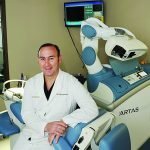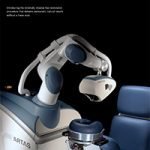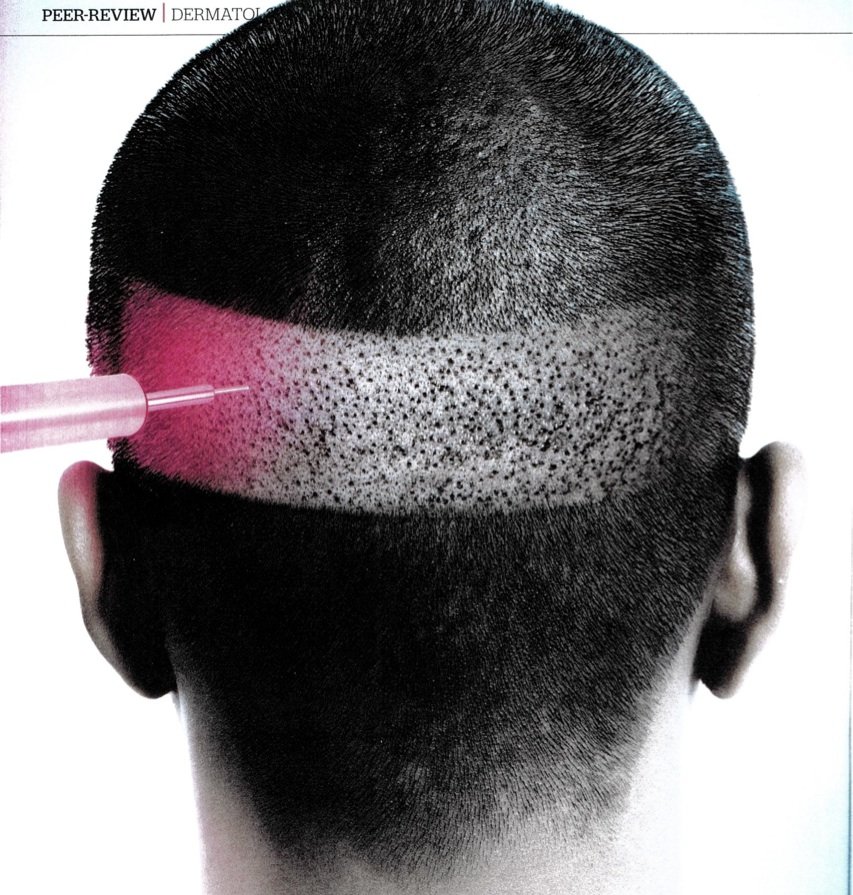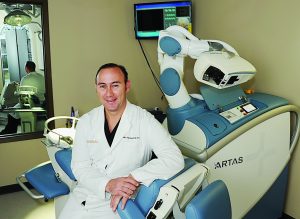Finding the Right Hair Dr!
Robotic devices are more commonly used for many different types of surgical procedures. One being Robotic Fue, which just happens to be one of Dr. Mark. A. Bishara’s top procedures at the Paragon Plastic Surgery and Med Spa. Dr. Mark. A. Bishara has done many robotic FUE’s. From Hair transplantations to beards and even eyebrows. As tedious as it sounds Dr. Mark A. Bishara and his staff at the Paragon Plastic Surgery and Med Spa are very professional and experienced.
The Invention
Restoration robotics is a medical device company who created a robot called the ARTAS to help assist in hair transplantation. The Artas Robot consists of a chair in which the patient would sit through out the whole hair transplantation. Aside from the chair is the actual Artas Robot which Dr. Mark A. Bishara controls using a computer. The Artas Robotic device has been FDA cleared.

What it does
The Artas Robot has a robotic arm which is being controlled to dissect hair follicles from the back and sides of the scalp. In order for the robotic arm to detect the patients hair, Dr. Mark A. Bishara staff shaves the back of the patients head. Unlike the traditional strip removal of the patients donor area the Artas Robot is designed to perform a follicular unit extraction using a special 0.7 to 1mm diameter tool. That only means one thing, no linear scar. The cuts using the Artas Robot will leave a scar that is barely visible to the naked eye.
TO LEARN MORE ABOUT OUR ROBOTIC FUE SERVICES, PLEASE CONTACT US (817) 473-2120 OR EMAIL [email protected] TO SCHEDULE AN APPOINTMENT.








